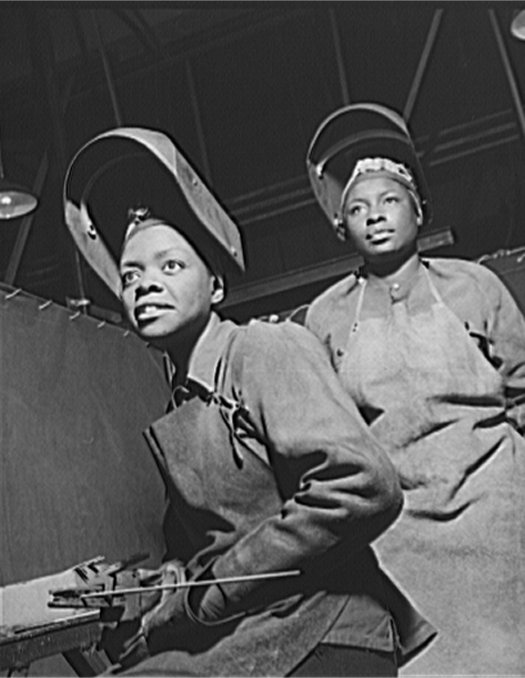Chapter 12: 1932-1945 Inquiry Organizer

Compelling Question: How did Franklin Roosevelt respond to the crises of the Great Depression at home and the war against tyrannical states during World War II abroad? |
|
Chapter Objectives:
|
| Supporting Question 1: How did the federal government respond to the economic collapse of the Great Depression? Was it successful? | Resources:
|
| Supporting Question 2: How did U.S. foreign policy objectives change during the 1930s and 1940s? | Resources:
|
| Supporting Question 3: What were the wartime experiences of Americans? | Resources:
|
Additional Resources:
|
|
Unit 6 Essay Activity:
Through this inquiry, students will evaluate primary and secondary sources to explain the factors that contributed to a shift in U.S. relations with the rest of the world. Ultimately, students will use the primary and secondary sources in this chapter to practice constructing an essay, in AP Long Essay Question format, demonstrating their skills in explaining historical comparison. Students should be evaluated using the AP Rubric. Assess students’ progress in understanding the compelling question for this chapter by assigning Unit 6 Essay Activity. |
|
Some components of this resource may contain terminology that is no longer used because the terms are recognized to be offensive or derogatory, and some components may contain images that would be considered offensive or derogatory today. These terms and images have been retained in their original usage in order to present them accurately in their historical context for student learning, including understanding why these are not acceptable today.


